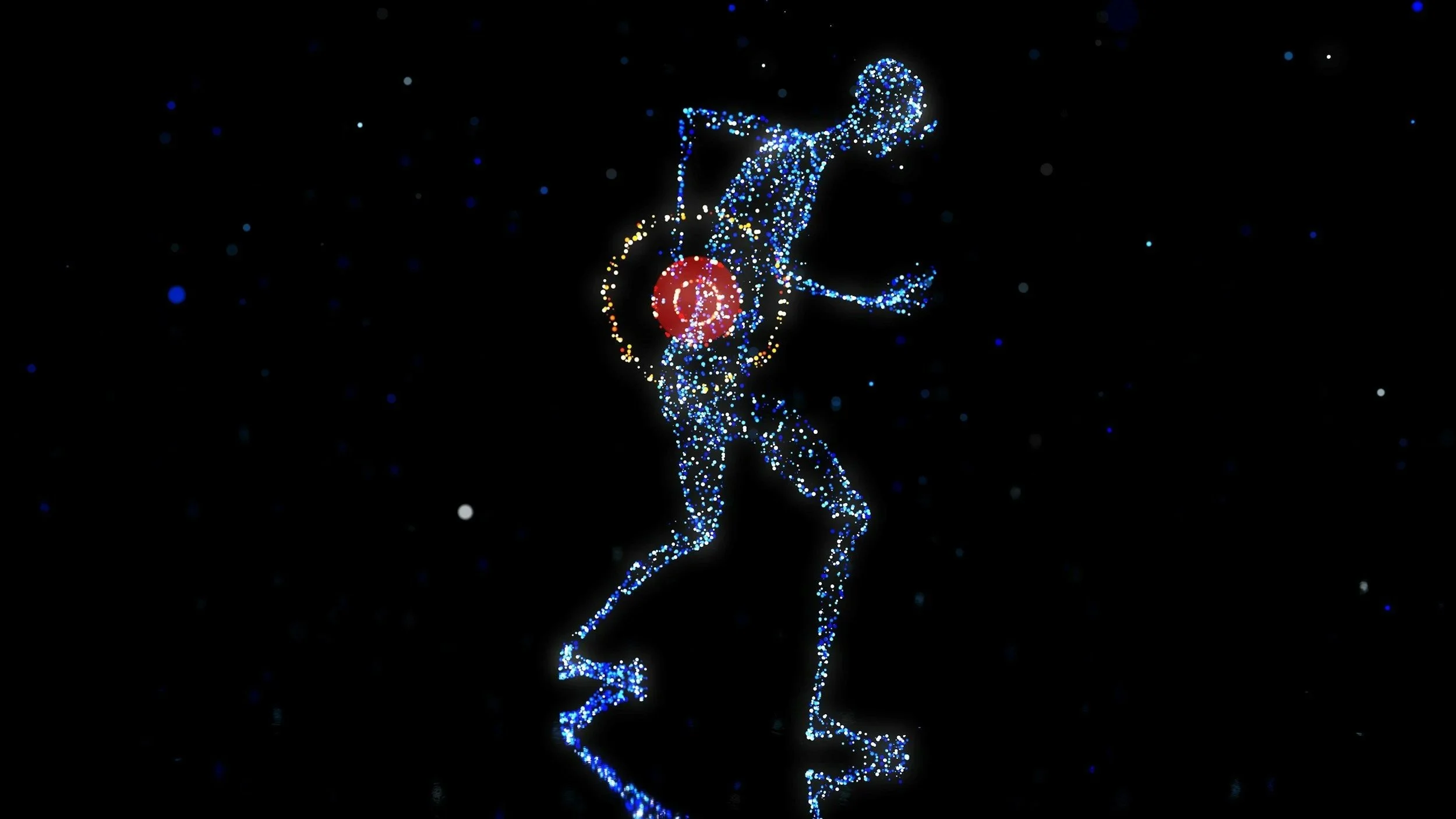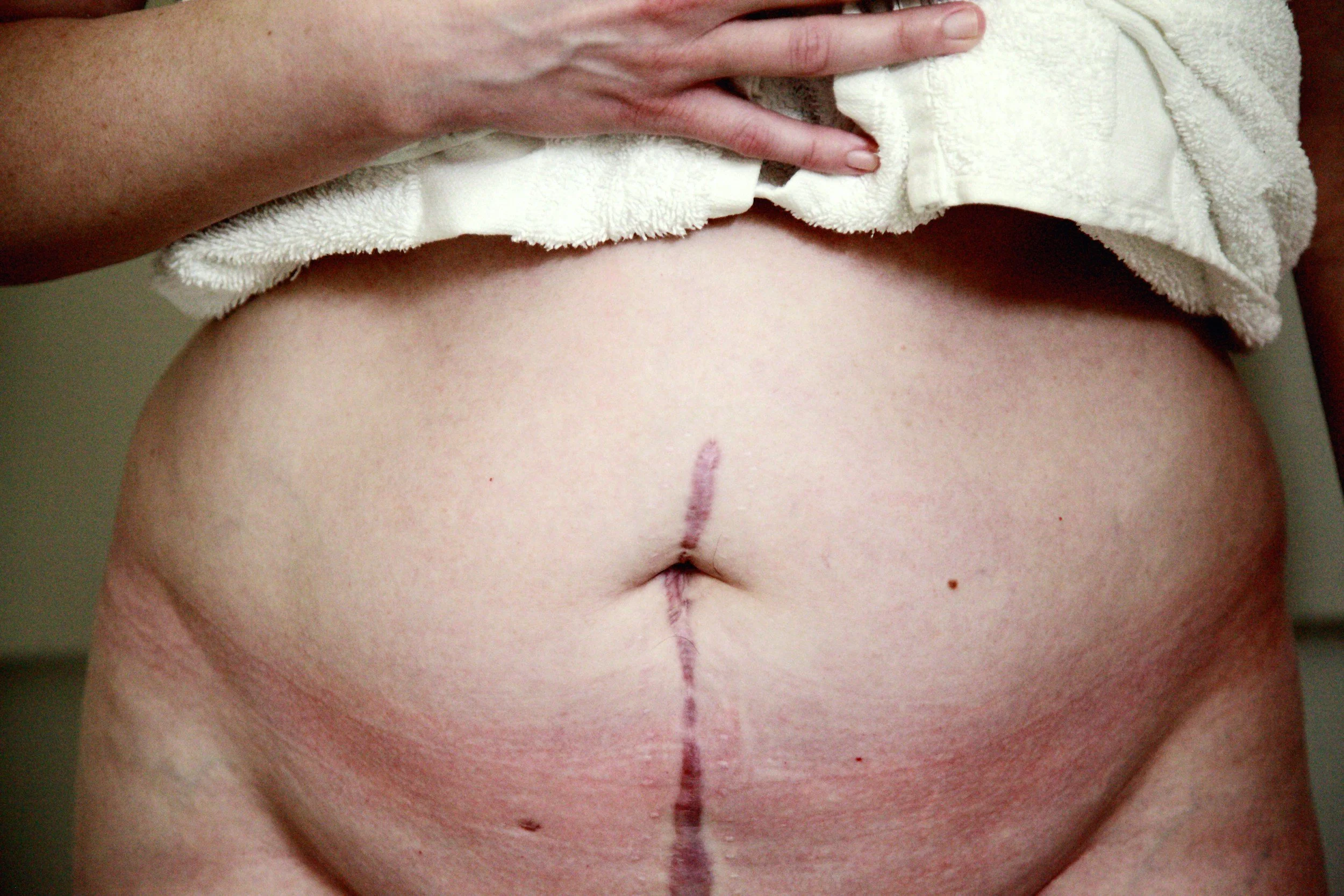What is pain? And why do we experience it?
When asked, “What does physical therapy (PT) help with?” most people will answer, “Well, it helps with pain, of course!”. Most people seek out PT care because of some kind of pain, whether it’s healing from an injury or surgery, or learning tools to manage a nagging pain that’s been present for years. But what is pain? What causes it? Why does it sometimes go away, and why does it sometimes linger over months or even years?
What is pain?
The International Association for the Study of Pain defines pain as “An unpleasant sensory and emotional experience associated with, or resembling that associated with, actual or potential tissue damage.” This is a general definition and there are different ways pain can be classified and pain can evolve over time. To help us understand the different types of pain, we will share the experience of Mira.
Acute pain:
Mira is a 72 year old retired teacher and spent much of her adult life as the primary caregiver for her disabled daughter. She first started having low back and hip pain in her 40s after a fall that resulted in a pelvic fracture. She went to the emergency room for the fall and had to undergo surgery to repair the fracture. What Mira was experiencing at this time is “acute pain”. Acute pain is pain that correlates with a sudden onset usually from a specific incident and that lasts 1 to 4 to 6 weeks. Acute pain is associated with direct damage to your body or a threat of danger. In Mira’s case, the acute pain is directly associated with her broken pelvis. Acute pain is integral in survival and making sure your body finds safety.
Illustration of a person bent over walking, with hand on back, indicating pain.
Subacute pain:
After Mira’s fall and surgery, she was given a course of pain medication, and instructed to rest for a couple weeks before resuming her normal daily activities. Mira took a couple weeks off her job as a teacher, but was not able to “take off” from her job as her daughter’s primary caregiver. She spent her post-surgical recovery making meals, bathing, dressing, and caring for her daughter. She was unable to rest or move in a way that best served her body at the time. Her acute pain then became subacute pain. Subacute pain lasts between 6 to12 weeks. Mira’s pain was no longer a direct result of the fall, but rather a result of her inability to properly manage her post-surgical recovery due to her job and home care responsibilities. Subacute pain is pain that has not resolved within the typical acute pain timeframe and is not yet considered chronic or persistent.
Chronic/Persistent pain:
Over time, Mira’s pain worsened. In addition to having pain most days, her pain was also triggered by certain events. Mira’s pain wasn’t just caused from going up the stairs or standing for too long, like in the acute phase, it worsened with a stressful conversation at work or the anticipation of a challenging day caring for her daughter. These events would cause a flair or increase in her pain. She noticed that her pain impacted her emotional and mental state as well. She felt less focused in her daily life, and her pain was a driver of her feelings of anxiety. Mira was now experiencing chronic or persistent pain. Chronic pain is defined as lasting longer than 2-3 months and where the pain is no longer caused by a direct injury of the body or perceived threat of danger. Instead, chronic pain is complex and impacted by social, emotional, and physical factors in life.
Photo of a soccer player and coach on the field indicating the player has suffered an acute injury.
By the time Mira got to me, she had experienced pain for decades. We worked together on addressing the multifactorial nature of her pain. Physical therapy could have helped Mira in all 3 phases of her pain to be able to learn tools to heal in order to return to the things she needed to do on a daily basis without symptoms. Pain, no matter at what stage, is complex and changes the body and the brain. Regardless of where Mira (or you) are in your pain, your pain is valid, felt, and experienced. However, the more chronic the pain, the more complexities are involved and a varying approach will help you find relief from your symptoms. Next, we will discuss how physical therapy can help in each phase of pain. Check out the next blog post, Physical therapy for each phase of the pain cycle.
Photo of a vertical abdominal scar that has healed.
Written by Dr. Isha Kelkar PT and Edited by Dr. Monica Vandervoort PT
References:
Rikard SM, Strahan AE, Schmit KM, Guy GP Jr.. Chronic Pain Among Adults — United States,
2019–2021. MMWR Morb Mortal Wkly Rep 2023;72:379–385. DOI:
http://dx.doi.org/10.15585/mmwr.mm7215a1.
Raja SN, Carr DB, Cohen M, et al. The revised International Association for the Study of Pain definition of pain: concepts, challenges, and compromises. Pain. 2020;161(9):1976-1982. doi:10.1097/j.pain.0000000000001939



